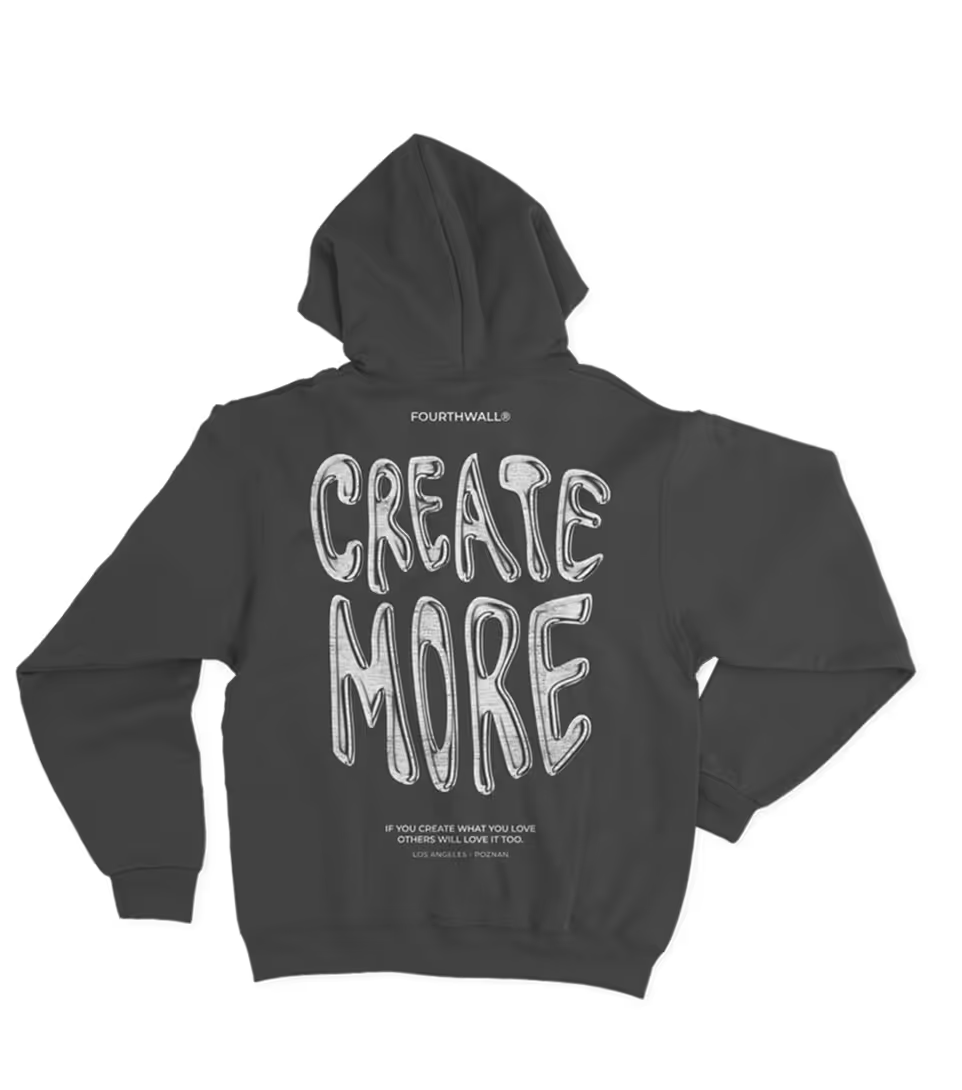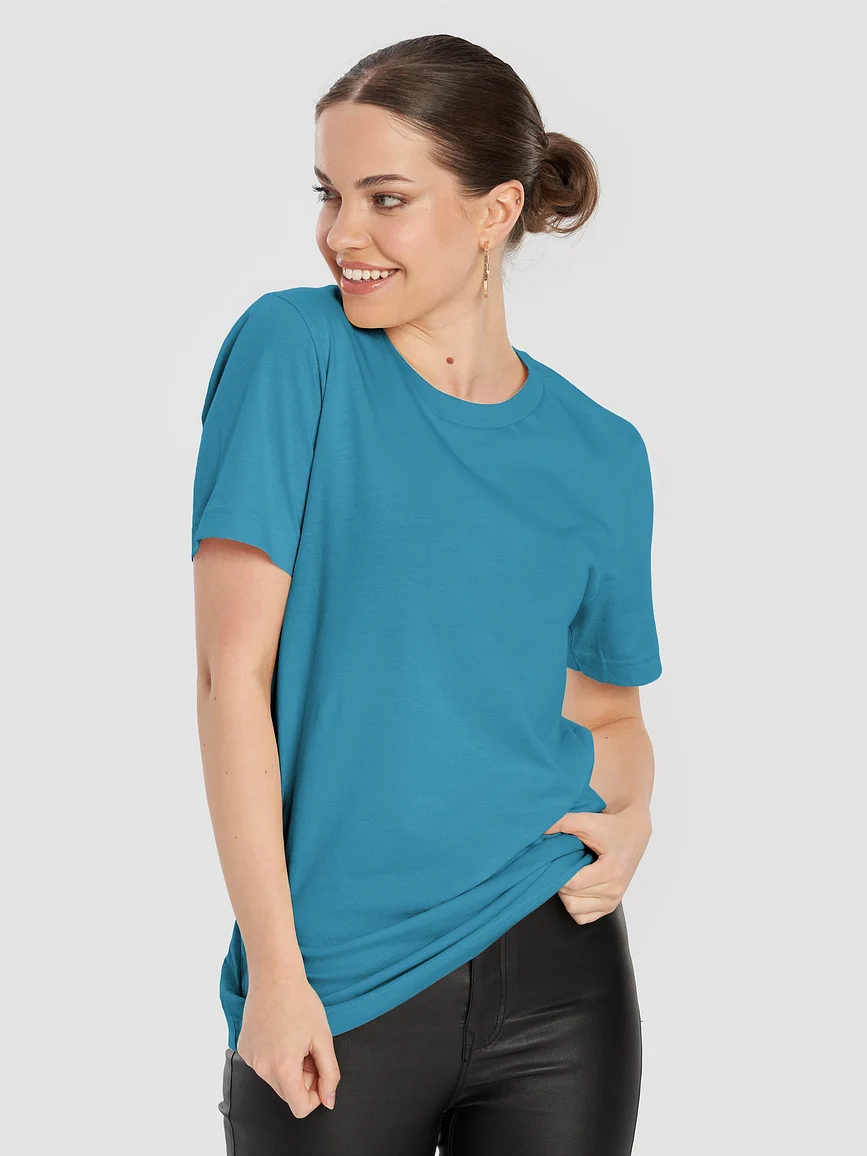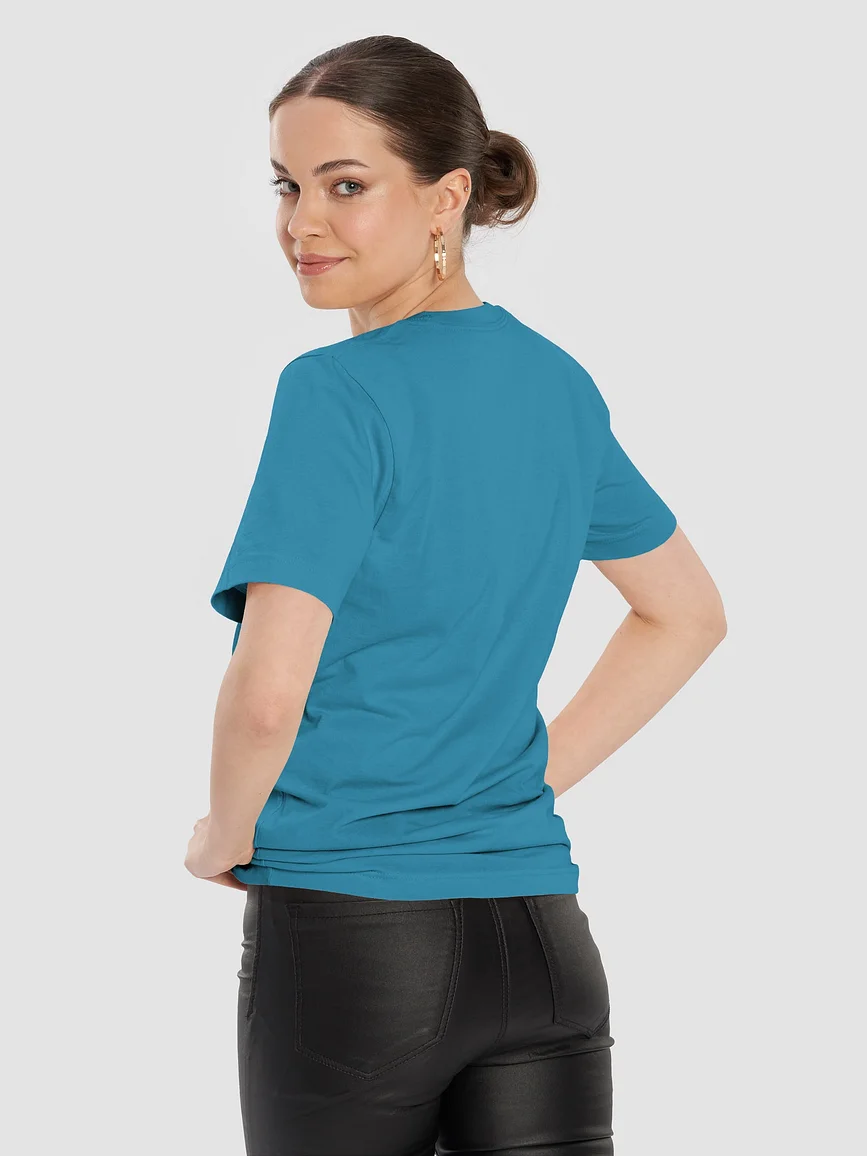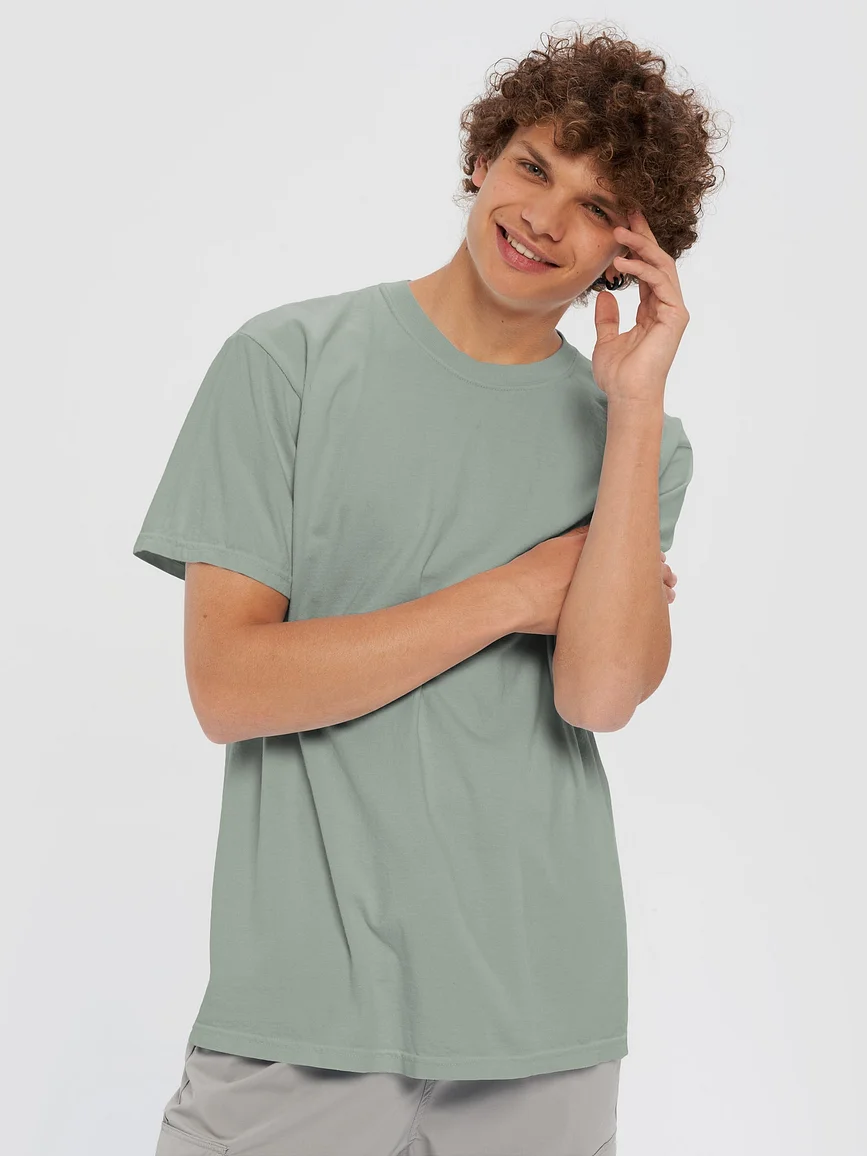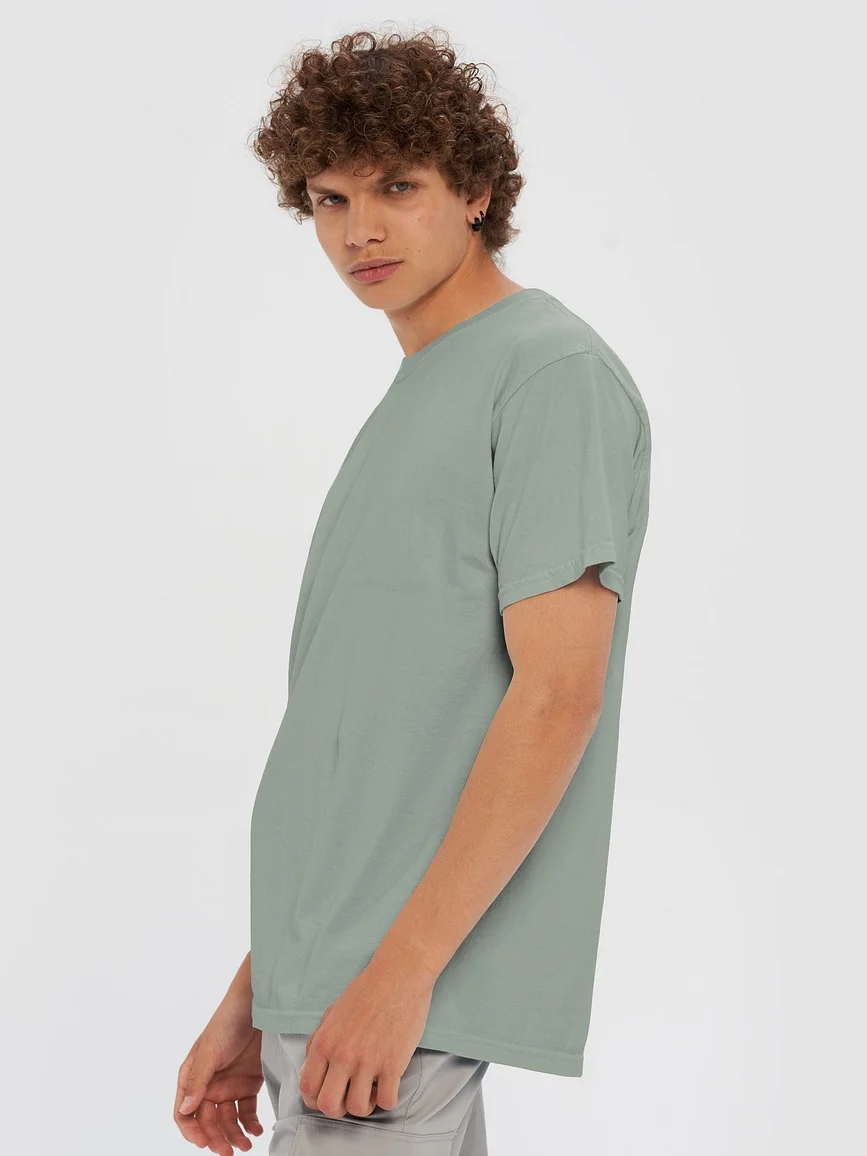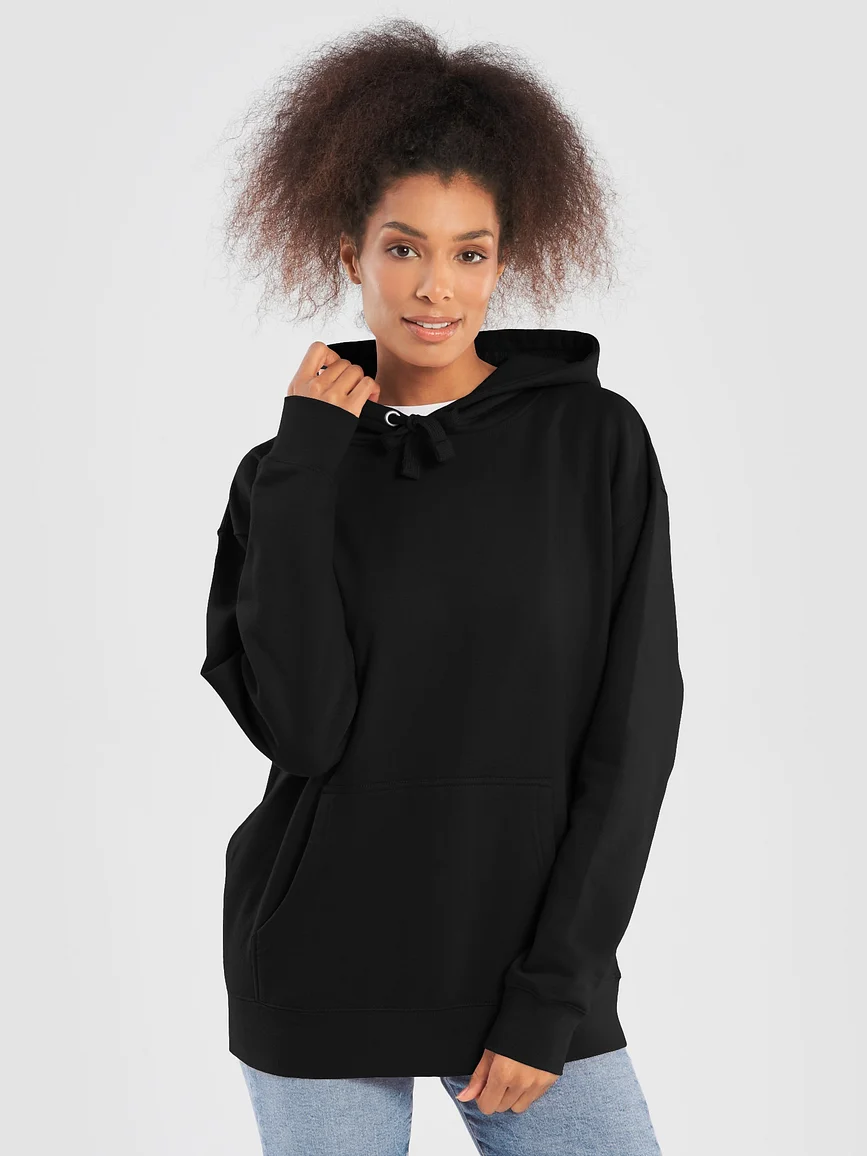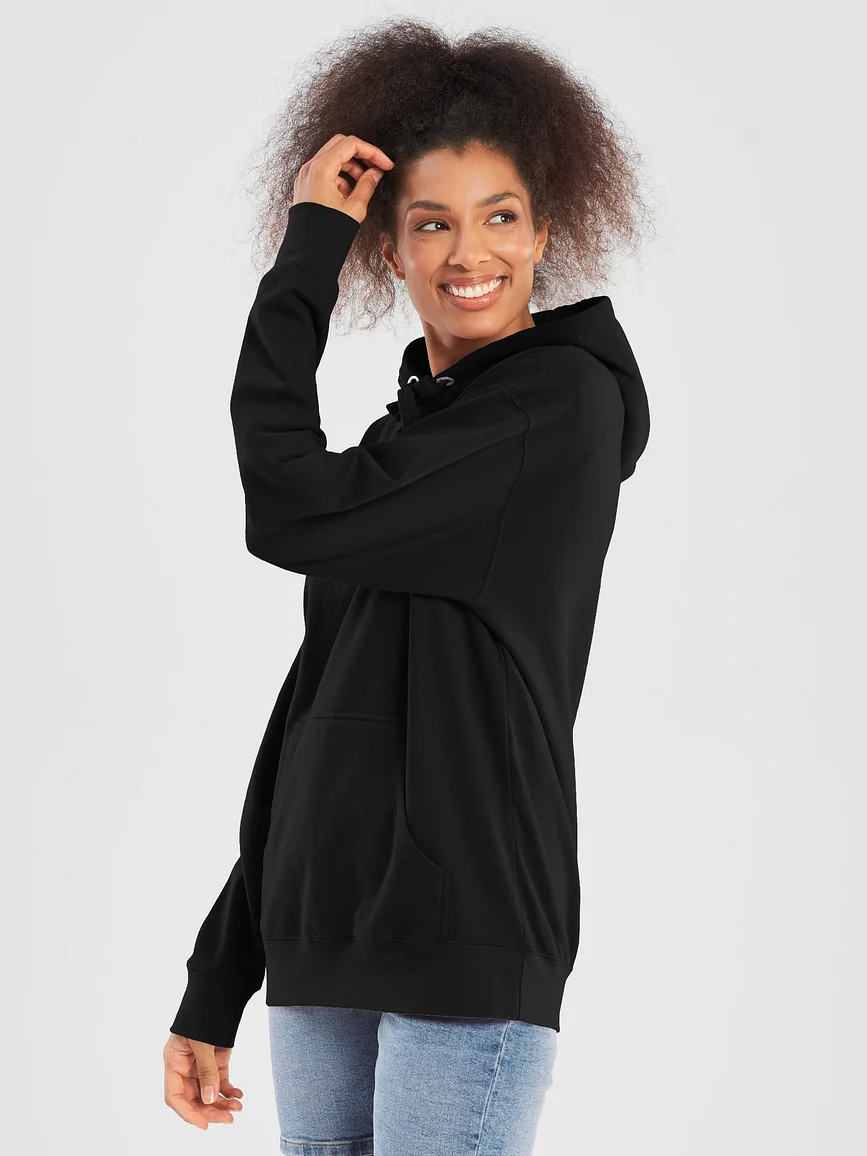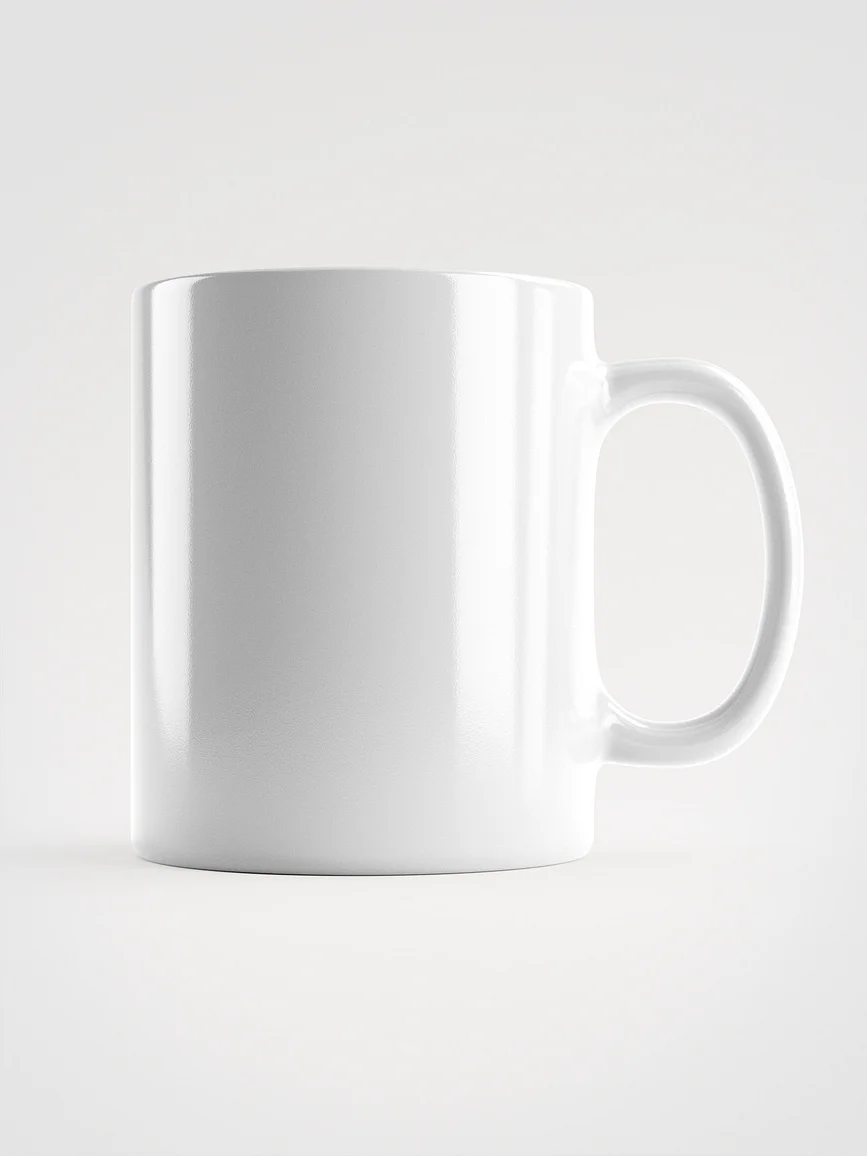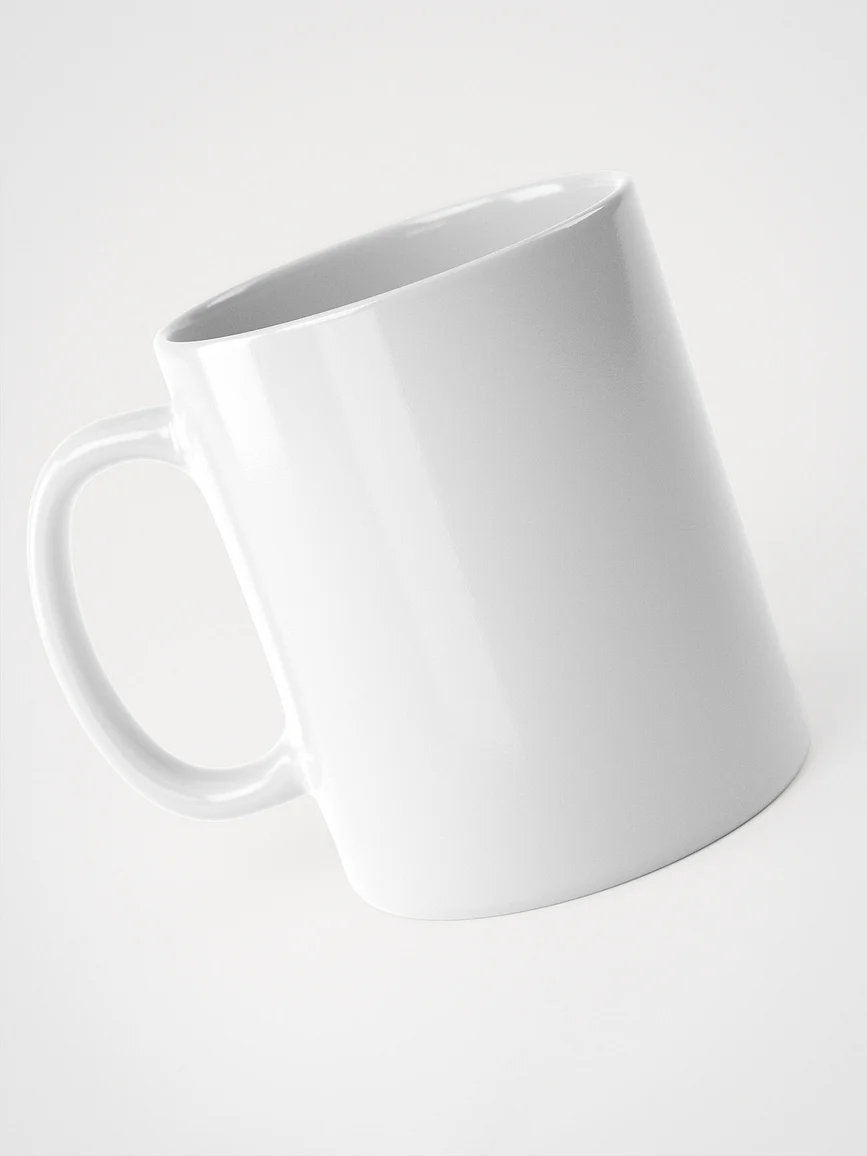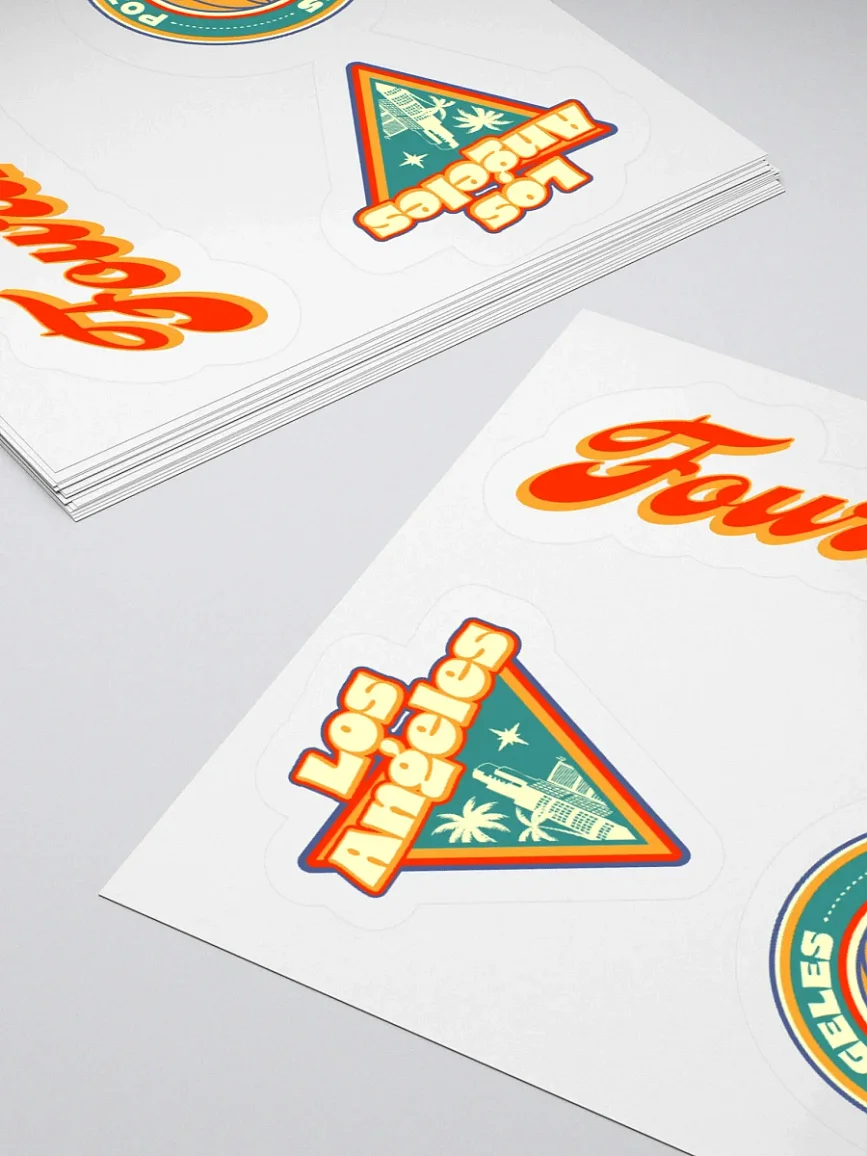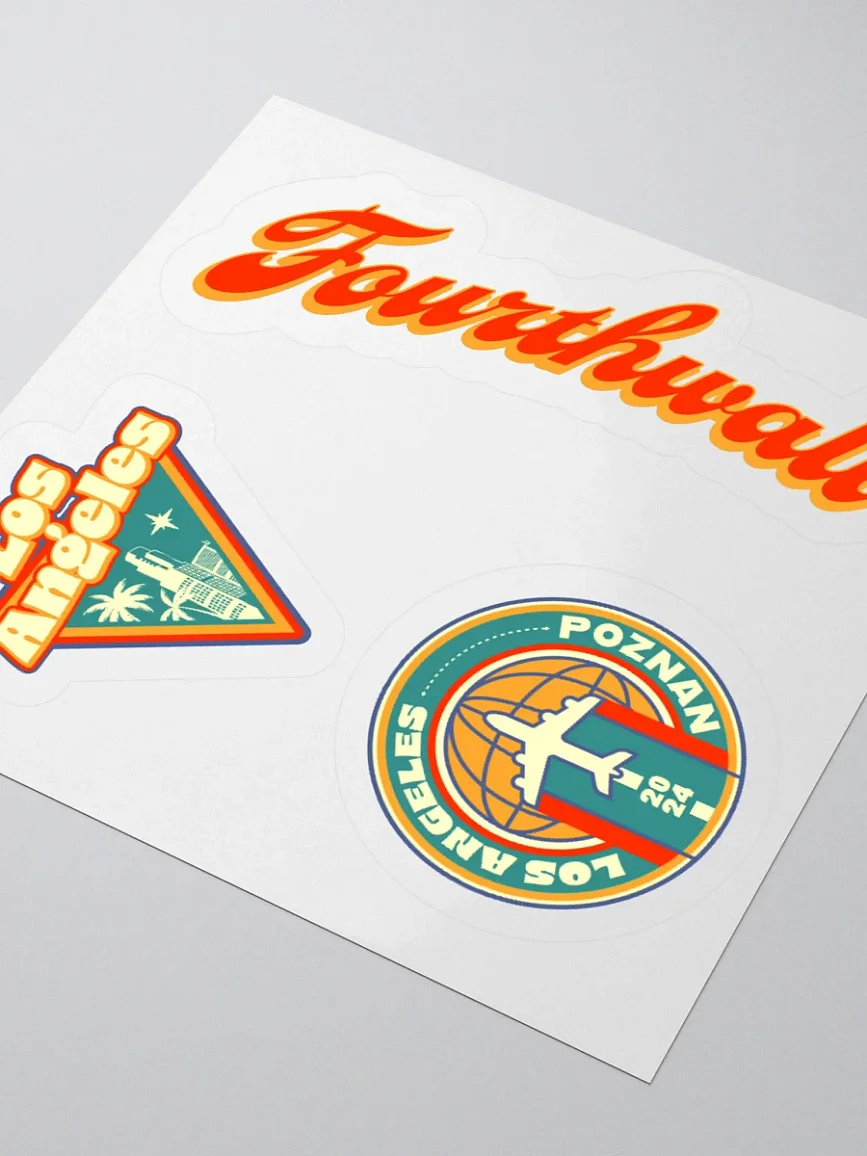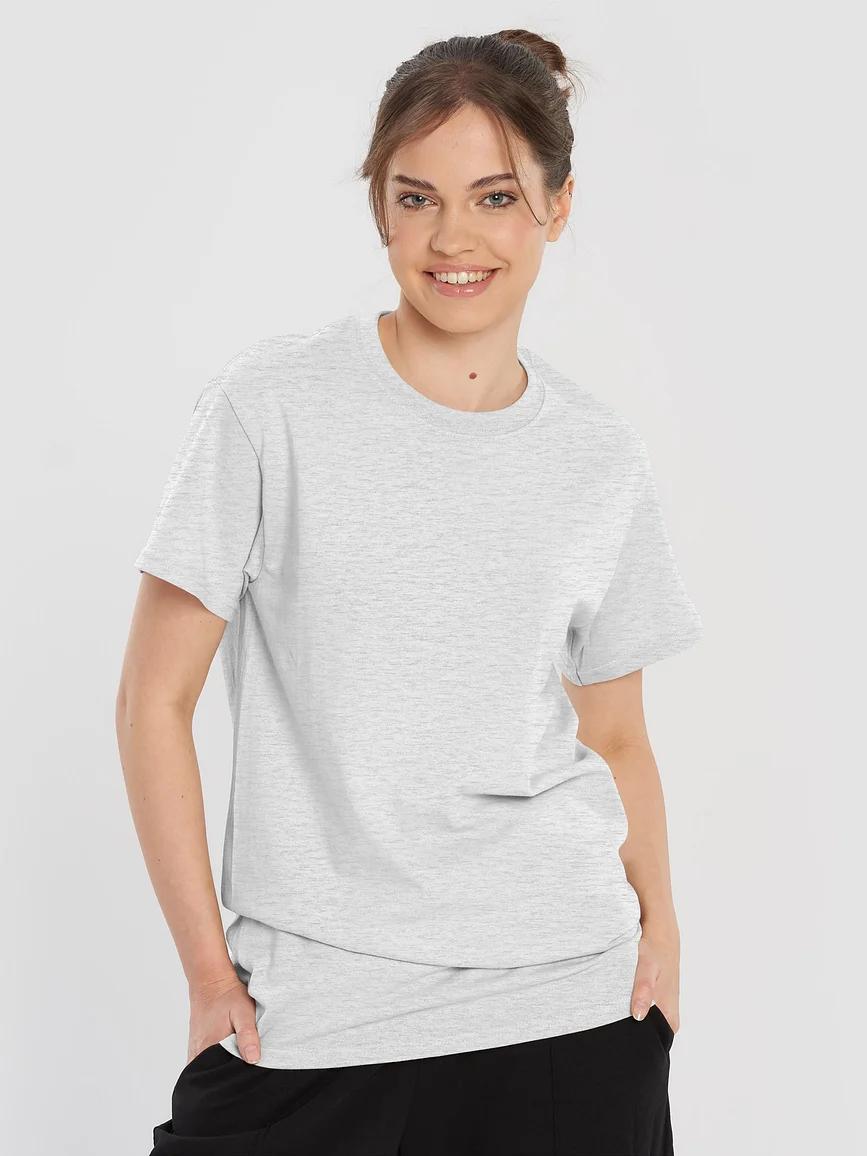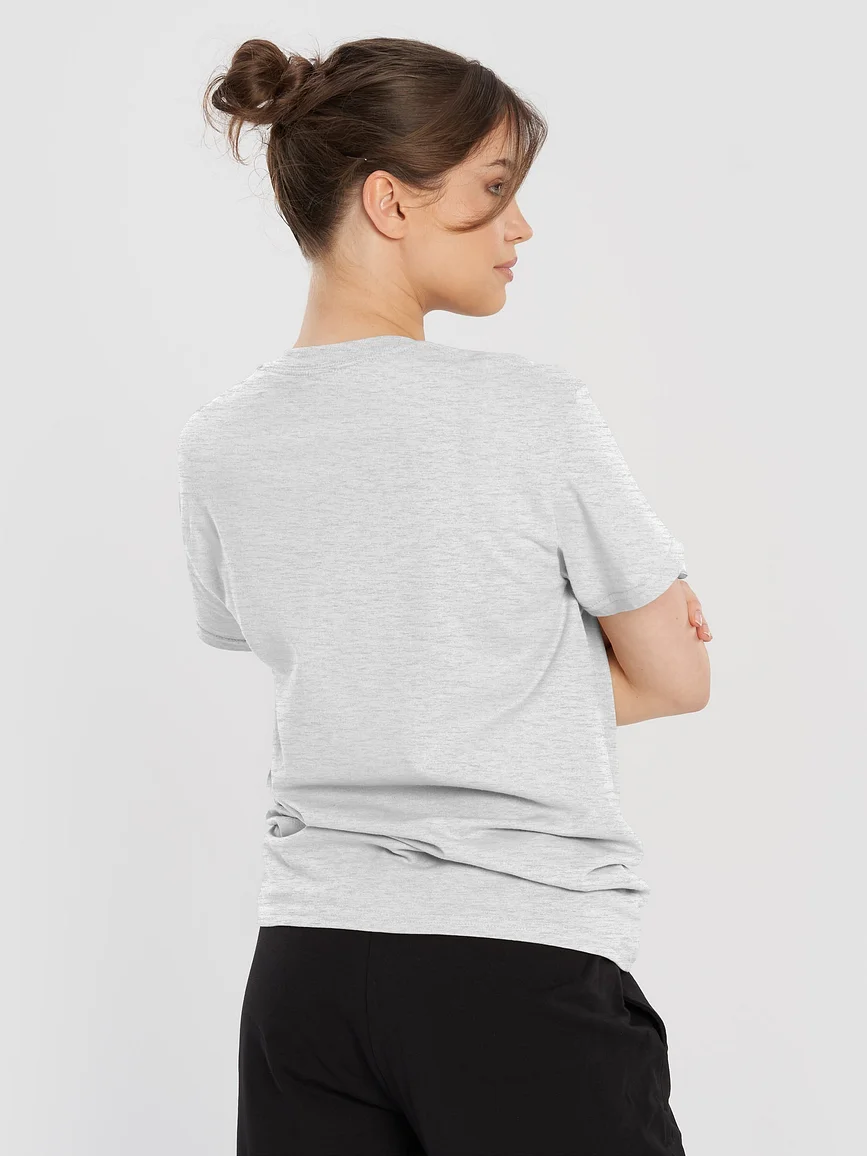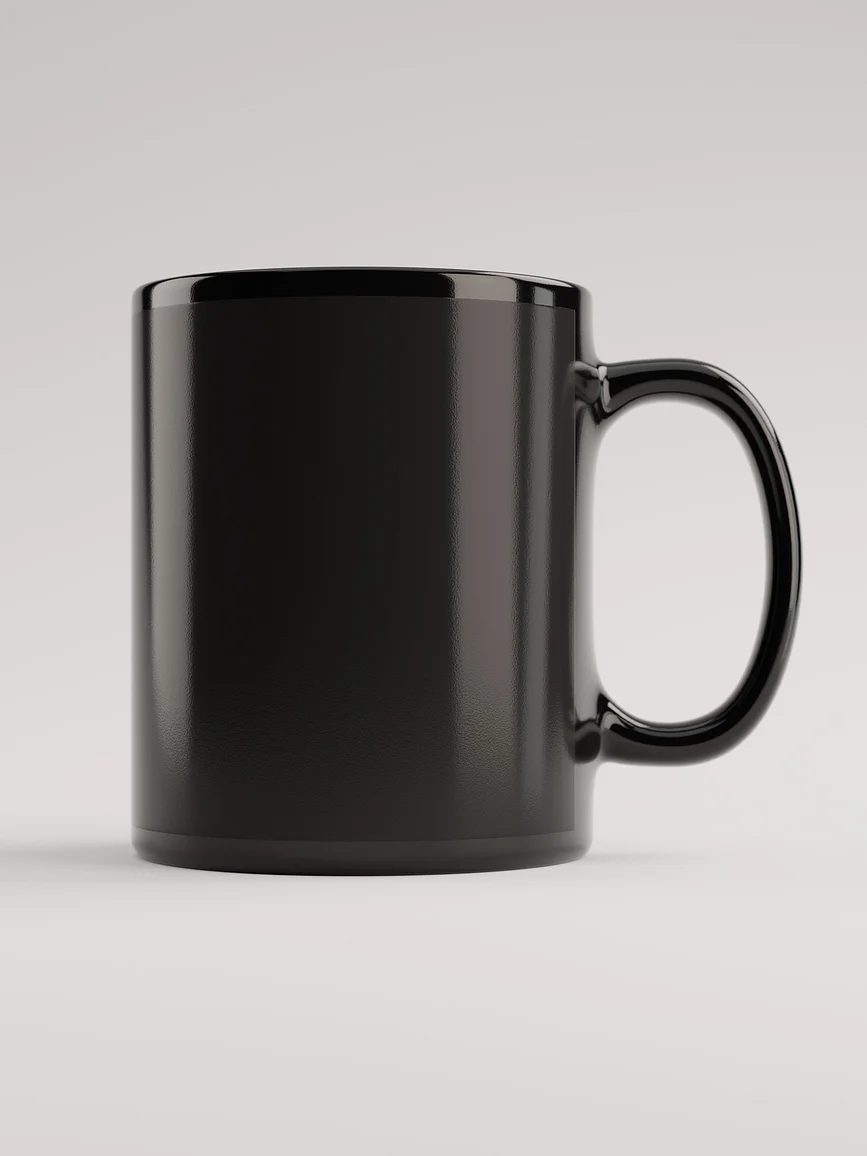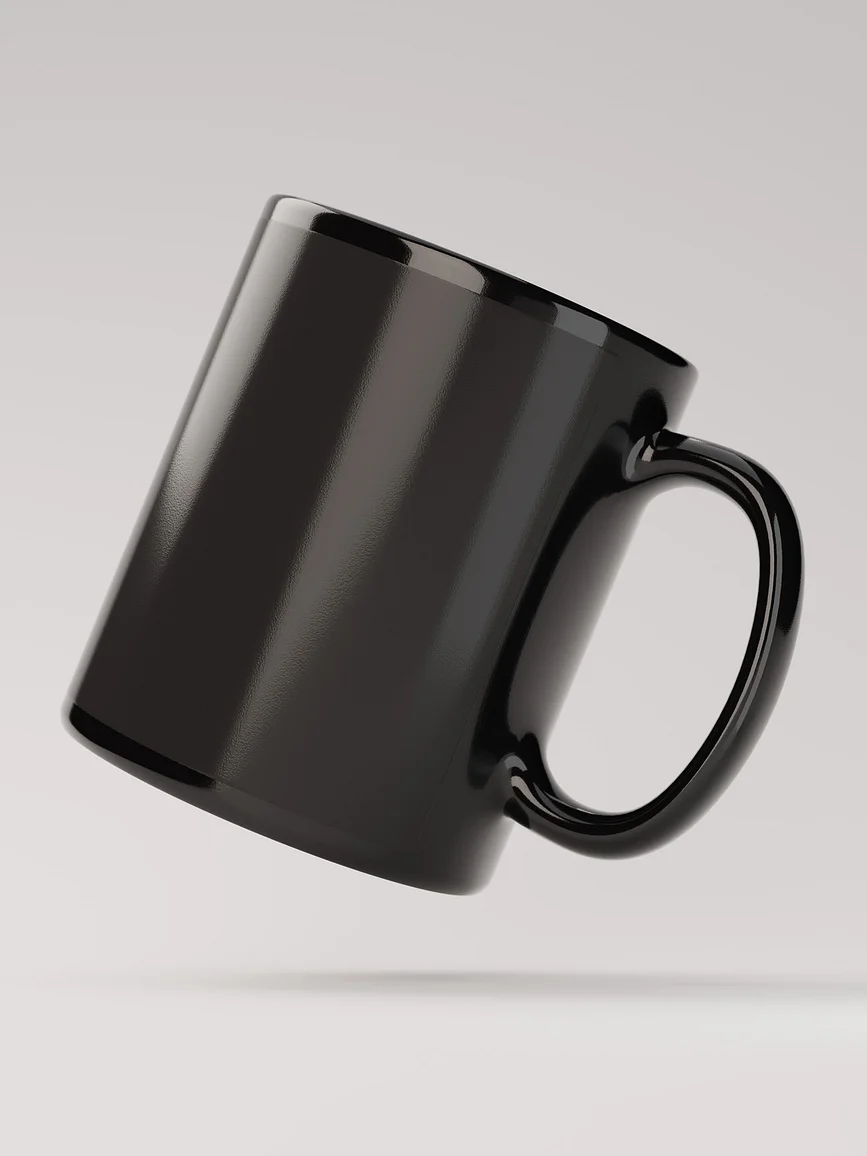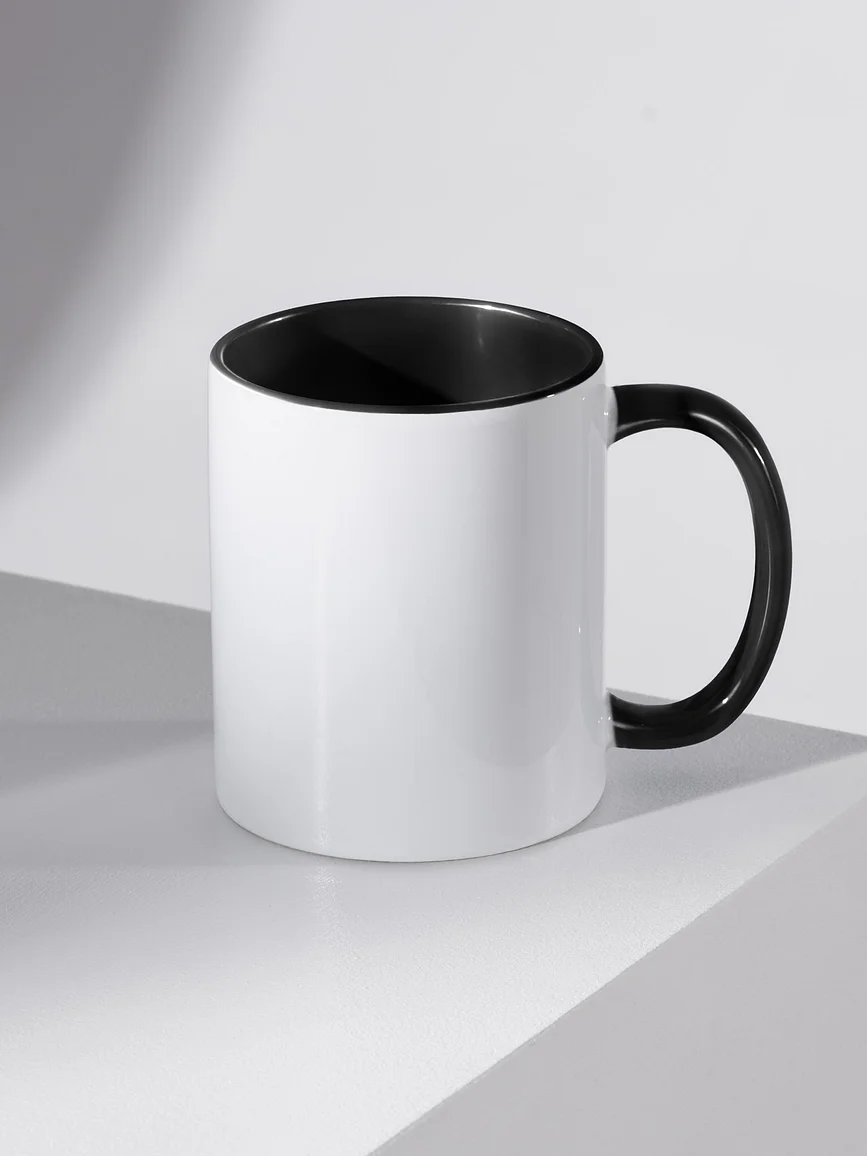How to Find Quality Clothing Manufacturers for Your Startup

For creators looking to start their own clothing brand, finding the right manufacturer is crucial for turning any clothing line into a thriving and reputable business.
Turning your sketches and designs into high-quality must-have products requires having a reliable partner who understands your vision and can meet your production needs.
From selecting the appropriate manufacturing model to ensuring rigorous quality control, the right manufacturer can help you bring your unique designs to life, maintain consistency, and establish a strong brand identity in the competitive fashion market.
In this article, we’ll help you navigate the process of finding the perfect clothing manufacturer, providing insights on different manufacturing options and tips for building successful partnerships, so you can confidently launch and grow your clothing brand.
What is Clothing Manufacturing?
Clothing manufacturing involves the process of producing apparel from raw materials to finished garments, managed by apparel manufacturers and garment manufacturers.
These companies oversee the entire production cycle, including design, fabric sourcing, cutting, sewing, and quality control, ensuring the creation of high-quality clothing.
Clothing manufacturers also work closely with clothing suppliers to source the best materials and maintain standards in craftsmanship.
The goal is to deliver apparel that meets both aesthetic and functional demands, ultimately resulting in the best clothing products for the market.
Types of Clothing Manufacturers for Your Business
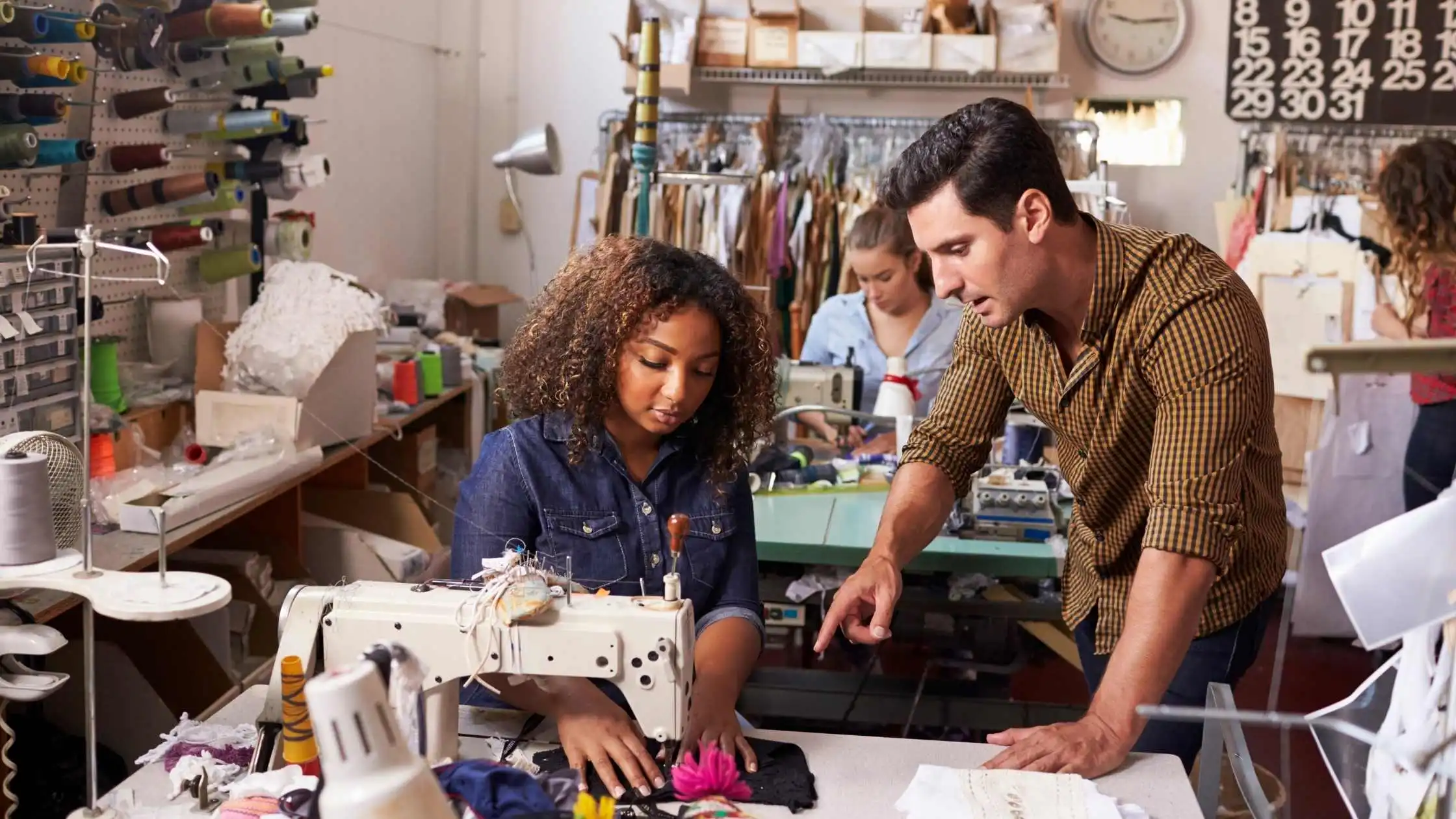
There are two main types of clothing manufacturers to consider, each with their own hurdles and benefits:
Domestic Custom Clothing Manufacturers:
These companies are located in the same country as your clothing business. They are adept at translating your unique designs and specifications into tangible clothing items, ensuring that the final products align closely with your brand’s vision.
Domestic manufacturers also offer customization options that cater specifically to your requirements, from fabric selection to finishing touches. In addition, other benefits include:
- Easier communication: Time zone differences and language barriers are minimized, streamlining communication and project management. This facilitates quick problem-solving and adjustments, leading to more efficient and effective collaboration.
- Supporting local businesses: Partnering with a domestic manufacturer contributes to your local economy. This support helps create jobs and fosters the growth of local industries, promoting sustainable economic development within your community.
- Faster shipping: Domestic production allows for faster shipping times, which can be crucial for meeting tight deadlines. Reduced transit times mean your products can reach the market quicker, enhancing your ability to respond to consumer demand and market trends promptly.
- Lower costs: Depending on production volume, domestic manufacturing can sometimes be more cost-effective due to lower import/export fees. By avoiding international shipping and customs costs, you can allocate more of your budget towards improving product quality or expanding your business.
Overseas Custom Clothing Manufacturers:
These companies are located in a different country from your clothing business. They also specialize in producing clothing based on your designs and specifications.
Choosing an overseas manufacturer can be appealing due to potentially lower production costs. However, it also comes with logistical challenges and communication hurdles, such as:
- Time zone differences: Coordinating communication and managing projects across time zones can require more planning and flexibility. This can lead to delays in response times and can complicate real-time collaboration, necessitating careful scheduling and proactive communication strategies.
- Language barriers: Miscommunication can result in errors in the production process, potentially affecting the quality and specifications of the final products. These mistakes can lead to increased costs and time spent on corrections, and might also harm your brand’s reputation if subpar products reach the market.
- Longer shipping times: Shipping times from overseas manufacturers can be significantly longer, impacting your ability to quickly respond to market demands.
Benefits of Having a Clothing Manufacturer as a Content Creator
Partnering with a clothing manufacturer offers a multitude of benefits for content creators looking to launch a clothing line:
- Expertise and Skills: Clothing manufacturers possess a wealth of experience and a wide range of skills in areas like garment construction, fabric sourcing, and production processes. This expertise ensures your designs are translated into high-quality garments.
- Efficiency for New Brands: Clothing manufacturers streamline the production process, allowing you to focus on design, marketing, and sales – essential tasks for new brands.
- Accessible Price Points: Manufacturers can help you source materials and produce your clothing at a more accessible price point, making it easier to offer competitive pricing to your customers.
- Time Savings and Scalability: Working with a manufacturer frees up your valuable time to focus on creative endeavors and growing your brand. Manufacturers are also equipped to handle larger production runs as your business scales.
- Exceptional Quality Control: Reputable clothing manufacturers have established quality control measures in place to ensure your garments are defect-free and meet your specifications.
- Unlocking Resources and Unleashing Creativity: Partnering with a manufacturer unlocks resources and expertise you may not have access to on your own. This allows you to explore new design possibilities and bring your creative vision to life.
How to Find the Right Clothing Manufacturer in 8 Easy Steps
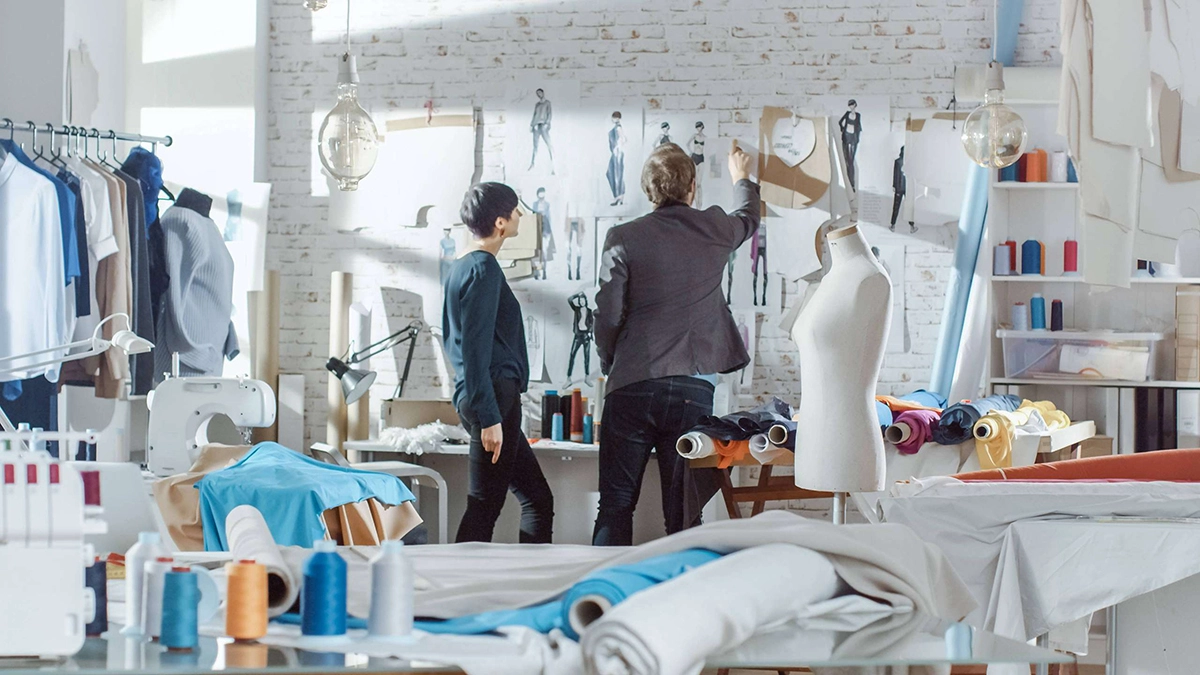
Finding the perfect clothing manufacturer involves a combination of research, planning, and communication. Here's a step-by-step approach to guide you through the process:
1. Know Your Needs & Research the Market
Before diving into your search, take time to define your brand's specific needs. Determine the type of clothing you will produce, whether it's casual wear, formal attire, activewear, or another category, and clearly outline your design specifications. Assess the production volume you anticipate, considering both initial and long-term goals, to ensure scalability.
Once you have a clear understanding of your brand’s requirements, research potential manufacturers who specialize in your desired garment types and production volumes. Look for manufacturers with a proven track record, positive client testimonials, and the ability to meet quality standards.
Additionally, consider their production capabilities, technology, and ethical practices to find a partner that aligns with your brand values and can support your growth trajectory.
2. Finding Manufacturers Online
The internet is a powerful tool for discovering good clothing manufacturers. Utilize online directories such as Maker’s Row, ThomasNet, and Kompass, which provide extensive listings of clothing suppliers and allow you to filter by location, production capabilities, and minimum order quantities (MOQs). Industry publications and trade association websites can also offer valuable insights and contacts within the manufacturing sector.
Additionally, employ search engines to find reviews and testimonials about potential manufacturers, ensuring they have a positive track record. Online marketplaces like Alibaba and Global Sources can connect you with a wide range of overseas clothing suppliers, offering detailed profiles and product examples. Leveraging these resources can help you identify reliable partners who meet your specific production needs and business goals.
3. Industry Resources & Events
Industry resources such as trade associations, online forums, and trade shows are invaluable for finding reputable clothing manufacturers. Trade associations like the American Apparel & Footwear Association (AAFA) and the Textile Exchange provide directories and networking opportunities with established manufacturers.
Online forums and communities like Fashion-Incubator and LinkedIn groups allow you to connect with industry peers, seek recommendations, and gain insights into the best clothing suppliers. Attending industry events and trade shows, such as MAGIC in Las Vegas or Première Vision in Paris, offers direct interaction with manufacturers.
These events provide opportunities to ask questions, discuss your specific needs, and assess their capabilities and company culture firsthand. This direct engagement helps you build relationships and make informed decisions about potential manufacturing partners.
4. Build Connections in the Industry
Networking with other clothing brand owners, designers, and seamstresses within the fashion industry can be an excellent strategy for discovering reputable manufacturers through word-of-mouth recommendations.
Engaging in industry events, joining fashion-focused networking groups, and participating in online communities can help you connect with experienced professionals who have firsthand knowledge of good clothing suppliers.
For instance, attending events hosted by the Council of Fashion Designers of America (CFDA) can provide opportunities to meet established designers and brand owners who can share insights and referrals. Additionally, platforms like LinkedIn and specialized forums such as The Fashion Spot can facilitate connections and discussions with industry peers.
5. Narrow Your Choices & Verify Qualifications
Once you've compiled a shortlist of potential manufacturers, thoroughly researching each company is crucial. Start by verifying their qualifications, including industry certifications, compliance with safety and ethical standards, and their experience in producing good clothing.
Examine their portfolio to assess the quality and range of their previous work, ensuring it aligns with your brand’s aesthetic and standards. Make sure to read client testimonials and reviews that gauge customer satisfaction and reliability.
In addition, consider conducting interviews or virtual tours to get a better sense of their operations and company culture, ensuring they align with your brand's values and production needs. For instance, checking if they have certifications like ISO 9001 for quality management or WRAP for ethical manufacturing can be key indicators of a reputable manufacturer.
6. Evaluate Quality Through Samples
A reputable clothing manufacturer should be willing to provide samples of their work, which is a critical step in evaluating their suitability for your brand. Requesting samples allows you to assess their craftsmanship, the quality of materials used, and their ability to meet your specific design specifications.
Pay close attention to details such as stitching, fabric durability, color accuracy, and overall construction quality. Additionally, evaluate how closely the samples align with your original designs and specifications to ensure the manufacturer can execute your vision accurately.
Testing the samples under various conditions, such as washing and wear trials, can also provide insights into the longevity and performance of the garments.
7. Negotiating Your Agreement & Quality Control
Once you've identified a promising manufacturer, striking the right deal is crucial for establishing a successful partnership. Begin by negotiating the terms of your agreement, focusing on key factors such as pricing, minimum order quantities (MOQs), payment terms, and lead times to ensure they align with your budget and production schedule.
Moreover, it’s essential to establish clear quality control measures to guarantee that your garments meet your high standards consistently. Discuss and agree upon inspection processes, quality benchmarks, and potential penalties for deviations to safeguard against quality issues.
Implementing a detailed quality assurance plan, including regular audits and sample checks throughout production, helps maintain the integrity of your product and ensures that the final output reflects your brand’s commitment to excellence.
8. Begin with a Trial Order & Maintain Communication
Think of a trial order as your brand's first dance with a new manufacturing partner, setting the stage for a successful collaboration. Starting with a smaller-trial order allows you to evaluate the manufacturer's quality, reliability, and adherence to your design specifications without committing to a large-scale production run.
This initial step provides crucial insights into their capabilities and helps identify any potential issues early on. Throughout this process, maintaining open and transparent communication is key—clearly outline your expectations, provide detailed feedback, and be responsive to any questions or concerns they may have.
Clothing Manufacturing Alternatives
Print-On-Demand
Print-On-Demand (POD) is an excellent option for creators looking to start their own clothing line without the burden of inventory and upfront costs.
With POD, designers lose the luxury to create custom garments or alter the base structure of the apparel, but gain the convenience of producing items on demand only when a sale is made. Once you get an order, you’ll work with a POD supplier to add your print design on their product, and then send it to the customer directly.
Ecommerce platforms like Fourthwall thrive in the print-on-demand industry by offering high-quality POD services that allow you to design and sell a wide variety of apparel instantly. With Fourthwall, you can choose from hundreds of premium made-to-order products, ensuring that your designs are printed on the best quality materials available.
The platform also supports screen-printing and "cut and sew" for more customized drops. You set your prices and margins, giving you full control over your brand's profitability. This model eliminates the risk of unsold stock and allows you to focus on creativity and marketing.
Dropshipping
Dropshipping is another popular alternative for aspiring clothing brand owners, offering a hassle-free way to sell apparel without managing inventory or shipping logistics.
In this model, you partner with a dropshipping supplier who handles storage, packing, and delivery of the products directly to your customers. This allows you to offer a wide range of products without the need for significant upfront investment, as you only pay for items when they are sold.
For instance, using platforms like Printful or Oberlo, you can integrate your online store with suppliers who will fulfill orders on your behalf. Dropshipping can help you quickly scale your business and test new designs with minimal financial risk, making it easier to adapt to market trends and customer preferences.
However, it’s crucial to choose reliable suppliers to ensure timely delivery and maintain product quality, as your brand reputation depends heavily on these factors. Poor supplier performance can lead to delays, subpar products, and unsatisfied customers, so thorough research and vetting of potential dropshipping partners are essential for long-term success.
Wholesale
Buying wholesale is a traditional and effective approach for those looking to start a clothing line with more control over their inventory and branding.
Working with wholesalers allows designers to purchase clothing in bulk at significantly discounted prices. This process is often more straightforward and less complicated than working directly with manufacturers, as there are fewer specifications and details to confirm.
Through this model, you are able to maintain a consistent stock of products, giving you the opportunity to inspect the quality of the apparel before selling and make any necessary customizations or branding adjustments.
For example, a designer might purchase plain t-shirts in bulk from a reputable supplier like JiffyShirts or BlankStyle and then customize them with unique designs or embellishments before selling.
While the upfront costs and inventory management responsibilities are higher compared to Print-On-Demand or dropshipping, wholesale buying can lead to higher profit margins and help establish a more reputable brand.
Start Creating Your Own Clothing Line and Sell It on Fourthwall!
Finding a clothing manufacturer that aligns with your budget and needs can be a daunting task. Luckily, alternatives like print-on-demand can help you streamline the process while reducing initial costs.
With Fourthwall, creators can easily design and sell a wide range of high-quality print-on-demand apparel, including t-shirts, hoodies, joggers, hats, jackets, and more, without the need for large upfront investments in inventory.
This all-in-one platform provides creators with the tools to build their own custom shop, manage orders and inventory effortlessly, and integrate with popular social media platforms to promote their brand.
Additionally, Fourthwall offers comprehensive support for branding, marketing, and customer engagement, making it an ideal solution for creators looking to establish and grow their clothing line with minimal risk and maximum flexibility.
So whether you're ready to turn your passion for fashion into a thriving business or simply want to explore the potential of your designs, sign up with Fourthwall today and start bringing your vision to life.

